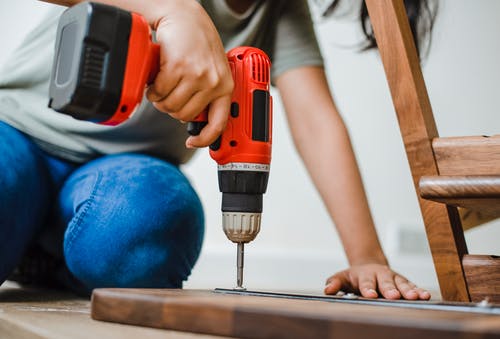
Where Does the Mold Hide in Your House?
It’s not uncommon for hot and damp locations to have mold, mildew, or moisture troubles. Mold can even be an issue during the winter season if the conditions are best. In particular scenarios, the air indoors is a hundred times much more contaminated than outdoors. Mold is just one of the most pervasive problems affecting your residence’s indoor air quality.
Usual Places Where Mold Develops in Your Home
You may not even realize that mold is one of the world’s most widespread living microorganisms that have settled in your house. Which is the common name for hundreds of unique types of fungi, can flourish anywhere there is wetness and organic particles, which is bad news.
Mold in your home can generate foul odors, damage your walls and floors, and even create numerous health problems. Comprehending one of the most widespread locations for mold growth is the primary step in eliminating mold from your home.
Washing Machines and Dryers
Mold can grow on appliances that utilize water or come into touch with it. Keep wet garments out of the washing machine and dryer, and assure the dryer is properly vented outside the house. Mold development is the most typical concern in front-loading washing machines; nevertheless, newer designs have improved this.
Always use the specified cleaning agent and cycles to prevent this and keep the washing door open when not being used. Do not forget to clean out the dryer lint, even generating mold. Furthermore, numerous restoration companies offer homeowners advice on how to avoid mold infestation. You can check out these recommendations from PurpClean on how to prevent mould in your laundry room.
Air Conditioners
Condensation is to blame in this situation. Furthermore, the air that AC units pull in from the outdoors includes dust and pollen, both of which are favorable to mold. Mold spores are likely to be present in machines that have been unused for a long time. Run your ac unit every day, even if it’s only for 10 minutes, to stay clear of mold.
Remove the unit when not used and maintain it in a dry place if possible. If you think your ac unit has mold, either remove it from the window yourself or contact a professional to do so and extensively clean the interior with a water-and-bleach solution. If your whole-house ac unit is infested with mold, it’s best to get it cleaned by a professional.
You can also check out some articles about how to remove mould from air conditioning ducts to learn more.
Filing Cabinets
Wood pulp, which gives an organic feast for mold spores, makes paper. If your residence experiences water damage or a high humidity level, your paper files might become wet, making them susceptible to mold development. It can be challenging to stop irreparable damage to your files if the paper has been polluted by mold; for that reason, prevention is the best approach.
Wooden Furniture
Mold flourishes on wooden surface areas due to the high wetness absorption of wood. When you combine this wetness with warm temperatures and mold spores, you have an excellent storm for a mold infestation.
Since wood is porous, eliminating spores is tough. It is a lengthy treatment, which makes breathing of the waste is harmful. It will spread out farther if it is not gotten rid of correctly. When you use the improper solutions, you’ll scratch the surface instead of entirely clear it.
By any chance, that most of your wooden furniture has been damaged by mold, you can seek help from restoration specialists such as PuroClean Canada to properly eliminate the mold.
Conclusion
If mold spreads on your property, you should immediately deal with the concern. Mold will remain to develop and spread, posing health risks to your family in addition to inflicting structural damage to your residence.

